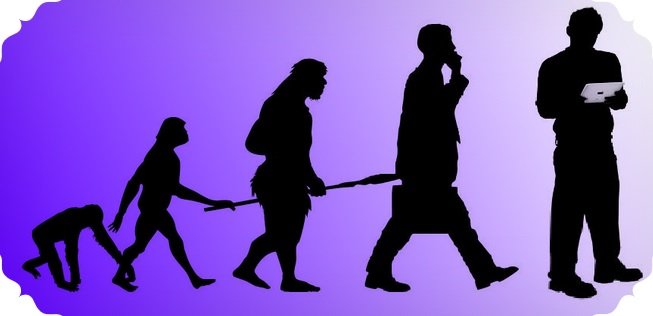
The History of Mobile Apps
A world without mobile apps is hard to imagine and rightly so. The prevalence of mobile apps in our daily life may became a cause for alarm for parents, but when it all started little did we suspect how it would alter our lives forever.
The first mobile application that was not really an application but it was more like an operating system utility of the first hand-held devices that appeared in the market.
The initial OS that came on devices like the Palm Pilot, the Newton and then the Nokia phones, and to the Blackberry were all small widgets for clock, calendar, etc. It was only when the Apple launched the Iphone that apps came into their own.
While history is no longer an indication of the future in the field of innovation but it is a good place to start understanding more about mobile app development and developers.
According to Techopedia:
“A mobile application, most commonly referred to as an app, is a type of application software designed to run on a mobile device, such as a smartphone or tablet computer. Mobile applications frequently serve to provide users with similar services to those accessed on PCs”.
In 2017, mobile applications are an essential part of our life. We use them to chat with friends, pay taxes, order pizza, take photos of cats, and lots of other stuff. According to statistics, we’re spending more time with our smartphones than in front of PCs. So today, we’ll consider the history of mobile applications, trying to understand how they became the center of our attention in such a short period of time.
Believe it or not, but there was a time when there was neither App Store nor Play Store. The very first mobile phone was equipped with features like word clock, calculator, calendar, and contact book. By the way, do you remember Snake? The legendary game that made Nokia extremely popular? At that time, it was the pinnacle of mobile gaming experience. In 2002, the first BlackBerry smartphone was released. The device could boast the feature allowing for wireless email. This innovation gave a big push to mobile application development.
Some interesting facts about early mobile phones:
- Due to low battery capacity, the first phones had a call duration limit of 30 minutes a day. After the call, users had to charge their phones for about 10 hours!
- Because of network coverage issues, you could make a call only to few people and only in your area.
- First phones had the weight of nearly 2 pounds. Not that you had to be a Hulk in order to lift it, but carrying that sort of device required a decent amount of strength after all.
Before people had mobile phones enabling them to connect to the Internet via cellular connections, they had to use WAP (Wireless Application Protocol). With the help of WAP, they could download any apps that their phone’s manufacturer was offering them. But there was a catch. The demand for those apps was so high, that WAP simply couldn’t handle the load. People literally had to wait their turn to download an app.
The big change
iPhone 4 — arguably the device of the year in 2010
The announcement of the first iPhone was a giant leap towards the evolution of mobile apps. The digital keyboard, multi-touch display, and finally a functional web browser totally revolutionized the way people were using mobile apps. Many experts believe that it was the beginning of new era for the whole mobile industry. July 2008 is when everything changed: Apple’s App Store went online. In one day, Apple released a bunch of apps that you could download on your iPhone. To be more exact, they released about 552 apps, with 135 of them being free to download. In just one week, iPhone users downloaded about 10,000,000 (ten million) apps! The word “app” became a word of the year in 2010, according to the American Dialect Society.
If you’re still not impressed, we’ve got more interesting facts about mobile apps. According to statistics, 1 in 5 people in the world has a smartphone. Just think about it! That’s one fifth of the whole population! People spend about 2 hours per day with their smartphones. What’s more interesting is that most of that time they spend using mobile applications. Here is some more fresh statistics:
- 85% of users prefer mobile devices to desktops.
- The average time spent on mobile devices now exceeds desktop web usage.
- You can now choose from 5,000,000 applications available on markets.
- The average smartphone conversion rates are 64% higher compared to the average desktop conversion rates.
The Bottom Line
Mobile applications are in the process of constant evolution that is unlikely to stop in the near future. What’s more interesting is that mobile applications started to affect the design and format of smartphones. The emergence of apps with features that require continuous scrolling (e.g. newsfeeds) facilitated the adoption of the new ultra wide display ratio of 18.5:9. In simple words, the paradigm that have dominated the whole mobile industry for the past decade has shifted. For users, mobile UX is now more important than all those octacore processors, gigabytes of RAM, and extra camera modules.
Latest Posts
Categories
- Business
- E-Commerce
- Emerging Technologies
- Facility Management
- Influencers
- Intellectual
- Marketing
- Mobile Development
- Personal
- Sales Management
- Search Engine Marketing
- Social Media
- Software
- Spiritual
- Web Layout



